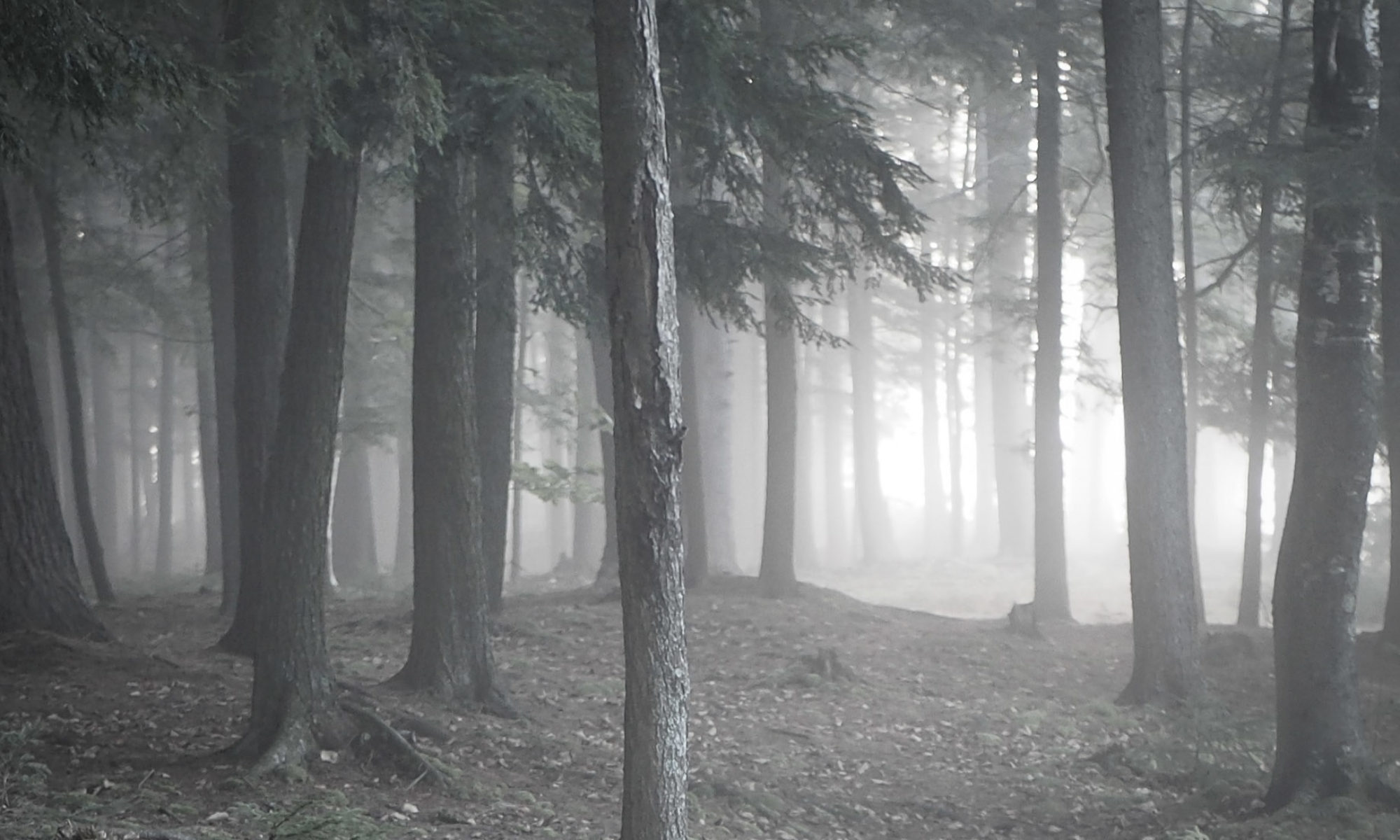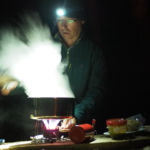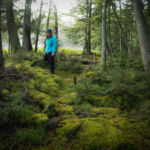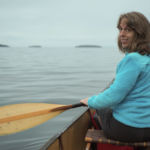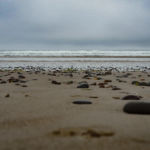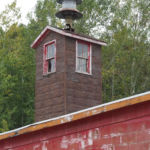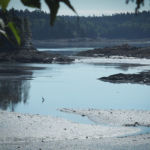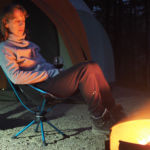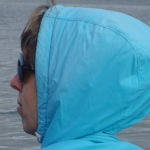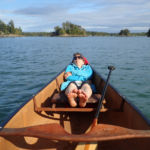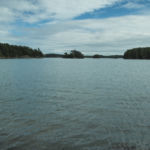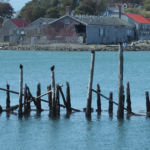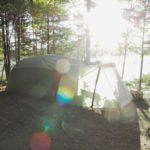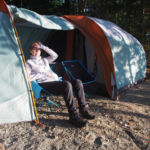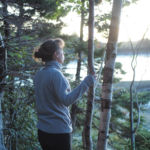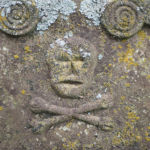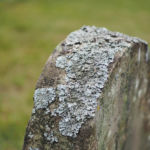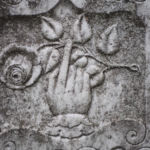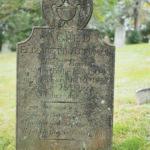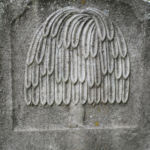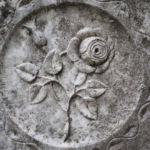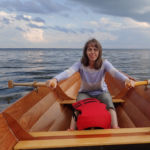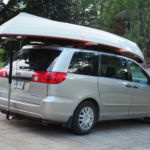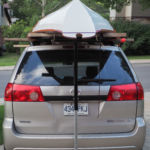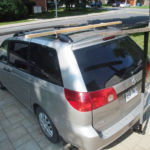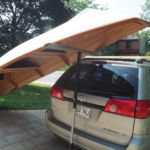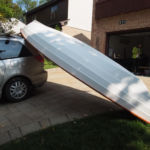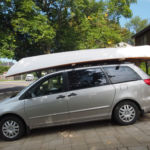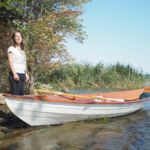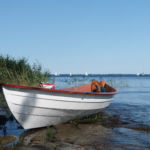- In regedit go to Computer/HKEY_CURRENT_USER/Software/Microsoft/Windows/CurrentVersion/Explorer
- Edit > New > DWORD (32-bit) Value
- Name: AltTabSettings, enter.
- Right click > Modify > set the value to 1
- Use WindowsKey+D to show desktop from now on.
Bread
This recipe is focaccia and / or rustic french loaf aka pain à l’ancienne. Following are abreviated instructions to use a reference while preparing and baking. Longer notes follow.
The quantity will make two loaves or four smallish pizzas.
Prepare the dough
- Put the ingredients in the mixer bowl:
- water: 480g
- flour: 650g
- table salt: 6g / 1 tsp
- instant yeast: 7g / 2 tsp
- Mix for 8 minutes on KitchenAid Artisan speed 2.
- If no-one else needs the bowl, cover with plastic wrap and refrigerate overnight. Otherwise move to another bowl, inside coated with oil.
- In the morning cover two large cookie sheets with baking parchment, and on that sprinkle semolina flour or cornmeal.
- Put half of the dough on each, brush on oil, cover with plastic film, then leave to rise.
Bake
- Put about 30ml olive oil in a frying pan at medium low. Add dried or fresh herbs. Rosemary and/or dried “herbes de province”. Make an infusion of tasty oil.
- Get a tin of black olives, cut the olives into halves or smaller. Sprinkle them on the dough, and then push them all the way down to the pan with your fingers. Make dimples where the oil can collect.
- Brush the oil on the loaf.
- Sprinkle two pinches of sea salt on the top. Go easy, less is better than too much.
- On the middle shelf of the oven, but a stone tile big enough for your bread. On the bottom shelf put an empty pan.
- Preheat the oven to its maximum temperature, usually 260°C but 290 if possible.
- Open the oven and slide the parchment and bread onto the baking stone. Pour half a litre of boiled water into the empty pan. (Dangerous, be careful of steam and splashing!)
- Shut the oven, turn it down to 220°C, and bake for about 15 minutes. The crust should be golden brown and the interior should be at 96°C. When done, put the loafs on a drying rack.
Notes
Proofing
Optionally put the water in the mixer bowl and bring it down to fridge temperature before adding the dry ingredients and mixing. This is to “proof” the fermentation which gives the dough a richer flavour and texture.
Ingredients
Unbleached general purpose flour is good. Eventually some whole wheat can be added for variety, along with various seeds etc. But traditional bread and focaccia are just white flour.
Just use normal cheap table salt. Sea salt and kosher salt etc. is a waste of money. Course salt is good for the focaccia topping.
There are two kinds of yeast: instant and active/dry. Instant is easier and gives the same result.
Proofing / fermenting
The dough can stay in the fridge for a day or two. Also it could be taken out before going to bed, then baked the following morning. All of this is still up for experimentation.
We’ve found the bread a little heavier than traditional bread. I may experiment with letting it rise after shaping, but normally I put it straight in the oven.
Baking
The goal of the baking stone is to bake the bottom of the loaf. The bigger and thicker the better.
Water is added to the pan to humidify the air. Professional ovens have a steam jets for this. When adding water be careful not to get any on the glass of the oven door, because it may crack. The thicker and heavier the pan the better. A cast-iron frying pan is good.
The timing and temperature are all still open to experimentation. I’ve been using a mix of fan and no fan in the oven. You just have to stand there and watch it bake. Sometimes it bakes unevenly and it’s worth while to open the oven and carefully rotate the parchment 180°. However, resist the temptation to open the oven to check on the bread. The oven will have difficulty maintaining such a hot temperature as it is.
Stop Spotify loading on user login macOS
Spotify has a setting for user login behaviour:
- Open preferences (command+,).
- Scroll down and click SHOW ADVANCED SETTINGS (their caps).
- Find the option Open Spotify automatically after you log into the computer, and set it to the desired option. Setting to no may not work if it’s been added to the start options. See the following steps.
- Open the System Preferences. In Users & Groups > Login Items, check if Spotify is there. If it is, hit the “minus” symbol. That’s it.
Lightroom dehaze slider present but greyed-out
Dehaze is only available works with 2012 and later process. To fix, change the process setting in Develop > Camera Calibration > Process.
Trip report: Fish Pond, Saint Regis Canoe Area
A trip to Fish Pond involves many long portages, which is probably why it’s one of the last places we’ve gotten ’round to visiting in the northern Adirondacks. You’ll spend more time with the canoe on your head than you will sitting in it. Rather than transport our gear that far into the woods, we established a base camp from which make a day-trip. All of the following took place on the last Saturday of October.
Signed the register and put in at Little Clear Pond amid the calls of a pair of loons. We were pushed up to the portage by a strong southerly. At the north end of the pond we saw a pair of bald eagles, many seagulls, and a pair of juvenile loons.
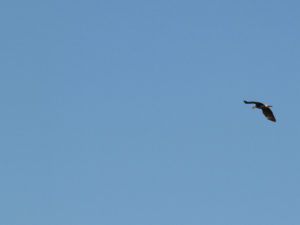
The portage from Little Clear started with a sandy beach followed by a wide and flat trail, ankle deep in birch and beech leaves.
On the Saint Regis side there is a long boardwalk or dock where I was surprised to see pollywogs and dragonflies.
The West Branch Saint Regis River to Ochre Pond being low, we took the so-called Truck Trail straight to Fish. This trail is long, wide, and flat. It’s easy to keep a good pace, apart from a single blowdown, and a beaver pond where the stream from Clamshell Pond crosses the trail. I stood at the edge of the stream wondering how I was going to wade through it with a canoe on my head, when I realized: I can just paddle across!
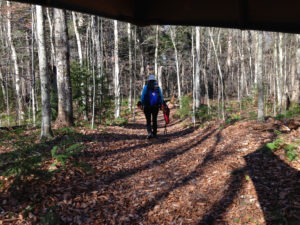
Luncheon was served at the north side Fish Pond lean-to. While there we heard more loons, and saw more eagles circling.
The return trip started at the Fish to Mud Pond carry, followed by a short paddle across Mud. Although the leaves were all on the ground at this altitude, we did enjoy some lovely golden tamaracks lining the swampy shores. Copious pitcher plants were dying down at the eastern end of Mud.
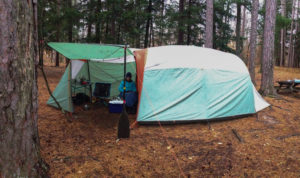
Mud to Ochre is a tough carry, starting with a steep climb up the esker and followed by much dénivèlement, mud, roots, and rocky stream crossings. My lightweight day hiking boots were adequate, but waterproof might be necessary at other times of the year. The Ochre to Regis carry is similar but not so hard. Comparing the longer, easier, “truck” portage versus the shorter, tougher, “Mud and Ochre” portages, they take about the same time.
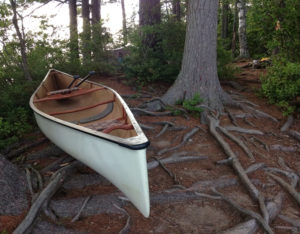
Took our time tracking back up wind along Little Clear, arriving in the dark under a half moon at 18:00 courtesy of our trusty Garmin eTrex Legend C. It was unseasonably warm, and: Don’t try this with your iPhones, kids!
We were mostly too busy to get out the camera but the next morning I was photographed erratically at the lower end of Upper Saranac.
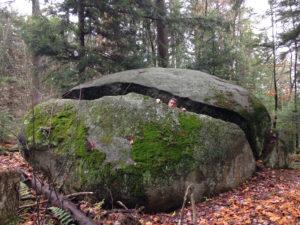
The entire 20-kilometre round trip took six hours (time moving, according to Garmin), during which we did not see or hear a single biped.
Reverse to natural scrolling how to
With the release of OS X Lion in 2011 Apple introduced natural scrolling to the PC. By default Linux and Windows still use reverse scrolling, but this can be, er, reversed.
X
Some distros have a parameter that can be set in the GUI setups. If not:
Most Linux distros use X, aka the X Window System or X11.
# get the {idnum}
xinput list
# if 4 and 5 are reversed, scrolling is reversed
xinput get-button-map {idnum}
# give as arg the desired code e.g. 1 2 3 4 5 6 7
xinput set-button-map {idnum} {order}
Windows 7
- Get mouse ID: Control Panel > Hardware > Properties > Details > Hardware IDs > VID
- Change the registry:
- Run regedit.exe
- Open Key: HKEY_LOCAL_MACHINE\SYSTEM\CurrentControlSet\Enum\HID
- Find an entry for the mouse ID
- Set all DeviceParameters key FlipFlopWheel to 1
- Unplug and replug mouse.
